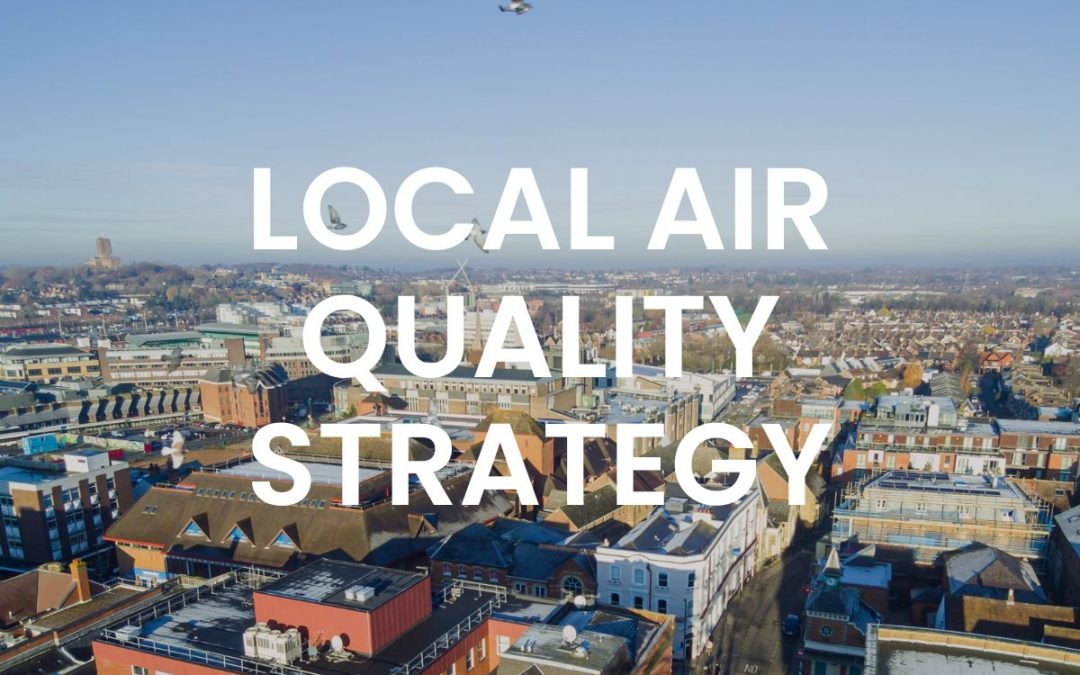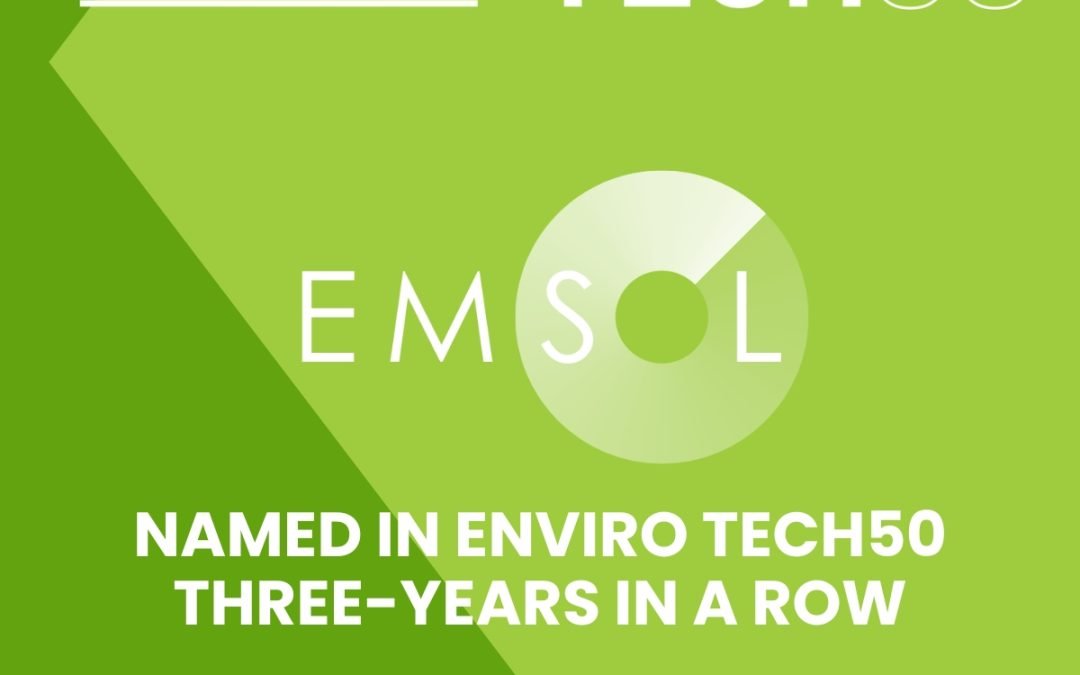Discussions over air quality and the effects of the exposure to air pollution has been going on for years. Why? Air pollution is one of the biggest environmental threats to human health, alongside climate change.
What has become apparent is that quantifying the impact of air pollution is key to understanding how to manage and mitigate its affect on public health.
Detecting and monitoring air pollution provides valuable data that feeds into policy discussions at a local, national, and global level. It’s important to note, that air quality isn’t the same everywhere. Pollution is affected by local sources such as busy roads, industrial sites, construction zones and the energy demand of different locations.
Air quality can fluctuate on a daily basis, and this is why it’s important that there’s consistent detection and monitoring so we can assess and identify patterns. These then help us to predict and evaluate air quality.
Why monitor and detect air quality?
Detection of poor air quality is not only about monitoring pollution. It’s about ensuring that we all monitor the compliance with regulations and laws.
If governments continue to set standards, then there’s an obligation on those responsible for emissions to accurately monitor them and take action to minimise and mitigate their pollution levels.
The collection of accurate data and detection also enhances research and development of new pollution control technologies.
Developing strategies to minimise and mitigate air pollution benefits us all. Pollution is linked to a wide range of public health conditions including cardiovascular and respiratory diseases.
Air pollution monitoring helps to identify high-risk areas which in turn facilitates specific health interventions to improve public health. According to the World Economic Forum, poor air quality is associated to over 8 million premature deaths globally each year. Of those, between 28,000 and 36,000 deaths are in the UK.
Air Pollution – The Impact
Poor air quality affects every living thing, from people to plants. High particulate counts are inked to higher mortality rates and increased respiratory and cardiac illnesses. Air quality will inevitably impact desirability indexes related to locations and this in turn will have an impact on local economies and investment strategies.
As the awareness and understanding of air pollution continues to grow, so too does the demand for organisations to start monitoring air quality.
Local authorities, governments, public sector bodies and the private sector are already beginning to incorporate air quality considerations into their strategic planning and decision-making.
What are the benefits of acting NOW?
-
Local authorities that have already started to monitor and implement air pollution reduction strategies will see their communities reap the benefits of having cleaner air.
-
Investors will be more keen to focus attention on areas with cleaner air.
-
Organisations monitoring air pollution will be ahead of the game when it comes to accessing real time data and planning mitigation strategies.
-
Monitoring air pollution will lead to greater measures to limit pollution. In turn, this will lead to improved health, quality of life and environmental protection.
Air pollution inequality
The World Health Organisation has highlighted that disparities in air pollution exposure and low and middle income countries and cities are continuing to increase. This means that the poorest and most vulnerable communities are the most affected by poor air quality.
The recommendation coming from WHO is that policy-driven improvements are key to reducing air pollution.
Detection software not only ensures that organisations can accurately monitor air pollution, but also they can use the data to enhance public awareness and establish priority actions for improving air pollution.
EMSOL technology is more than just experts with monitoring tools. It enables the identification of the root cause of emissions and using this data analytics to plan emission reduction strategies. So, organisations can be on the front foot with any air pollution strategy.





